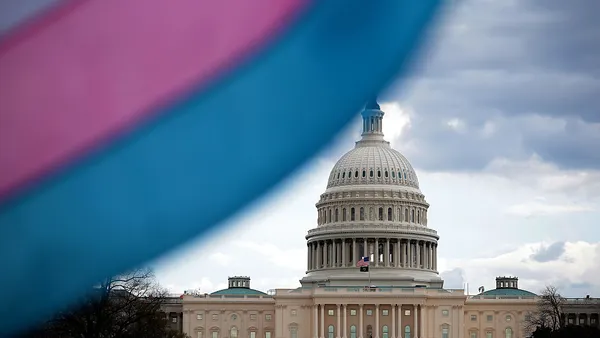Dive Brief:
-
The number of undergraduates who earned credentials stagnated last academic year for the first time in at least eight years, according to new National Student Clearinghouse Research Center data.
-
There were 3.7 million new graduates in the 2019-20 school year, the same as in the prior year. A slight decrease in first-time graduates offset an increase in completions by people who already had a credential.
-
A downturn in associate degree and certificate recipients in late spring 2020 accounts for the decrease in first-time graduates, which the center said is related to the pandemic's disproportionate impact on community college students.
Dive Insight:
Despite predictions that community college enrollment would jump in a period of economic turmoil, as it did in the last recession, it tumbled this fall by about 10% from the previous year, according to earlier Clearinghouse research.
This trend is reflected in its new data as well. The number of first-time associate degree and certificate earners fell by almost 4% and 5%, respectively, the center reported.
The number of first-time associate degree earners is now at the lowest level since the 2012-13 academic year, when the center started tracking the data. The pandemic accelerated ongoing declines for this group, with more than 90% of the decrease occurring between April and June, the researchers explained.
However, this decline was somewhat offset by continued growth in the number of non-first-time graduates, or those earning stacked credentials (a 2.7% increase from the year before).
The number of first-time bachelor's degree earners also grew by about 2% during the 2019-20 academic year, accounting for some 28,000 graduates. This increase was only among traditional-age students, however, the center notes.
Fewer students earning credentials amid the pandemic could have long-term repercussions for higher education. The national six-year completion rate for undergraduates continues to slow, the Clearinghouse reported last month, though it noted that older students tend to be faring better than their traditional-age peers.












